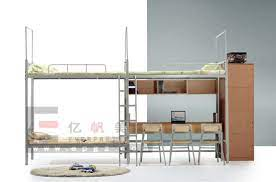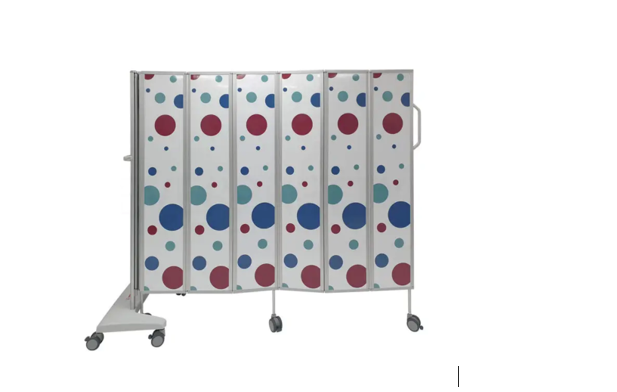Understanding What Is a Sober Living House: Key Insights and Benefits

Recovery from drug or alcohol addiction is a lifetime process. For many, reintegration into mainstream society following the completion of addiction treatment is a high mountain to climb. It is here that sober living houses come in. But what is a sober living house, and why are they important?
What Is a Sober Living House?
A sober living house is a residential facility supposed to provide support in a sober environment for people in recovery. Such homes help residents with their sobriety to readjust to life outside of society after treatment facilities or inpatient programs based on substance abuse. Unlike the halfway house, sober living environments are more flexible and independent while still maintaining accountability.
Key Features of a Sober Living House
- Drug and alcohol-free sober environments
- House rules that helps promote structure and accountability
- House manager to oversee operations and ensure a supportive atmosphere
- Regular house meetings and participation in support groups from time to time
- Opportunities are available for residents to learn and implement life skills and practice sobriety.
Benefits of Sober Living Homes
Sober living homes come with several benefits for the recovering individual:
1.) Supportive Community
Recovery individuals benefit by staying in a helpful community of peers with similar objectives. This kind of environment builds up peer support, which could be emotional, thereby giving hope to individuals in their recovery journey.
2.) Structured Living
Most sober living homes provide structured routines, including household chores, curfew, and mandatory meetings. This structure can only help the individual develop behaviors that can help them interact appropriately in daily life without recourse to drugs or alcohol abuse.
3.) Transition to Normal Life
Sober living facilities are a transitional program that connects treatment programs to the mainstream of life. These homes allow individuals in the transition process to rebuild their lives, find employment, and develop healthy relationships while remaining sober.
4.) Life Skills Development
Residents are taught necessary life skills, such as budgeting, job seeking, and responsibility. These skills enable them to have a successful social life and self-sustainability later in life.
5.) Accountability and Monitoring
Transitional housing provides regular house rules and, in turn, requires frequent drug screening, all in the interest of offering a sober environment. Such accountability reduces relapse probabilities by increasing long-term sobriety.
Sober Living and How It Supports Recovery and Positive Outcomes
Sober living homes are part and parcel of the recovery process. Sober living programs exist under substance abuse treatment programs to incorporate long-term recovery and self-sufficiency. The ways through which they do so include the following:
Emotional and Peer Support
Sober living programs, like those that are part of Massachusetts drug rehab programs, automatically provides them with a strong support system. Many residents can live among other people who have faced the same or similar adversities in these sober living homes, and residents find encouragement in sharing their experiences and progress.
Access to Resources
Many sober living homes work with recovery programs and organizations to keep the residents available to apply for family therapy sessions, job placement, and other outpatient programs to help them be successful in their new lives.
Promotion of Responsibility
This means residents are taught to take responsibility for their actions, whether they follow the house rules, help with household chores, or participate in financial planning. It instills responsibility and more emotional support in the participants.
Integration to Mainstream Society
By helping residents gradually readapt to daily life, sober living homes help a person adapt to normal life. It decreases the chance of being overwhelmed by the sudden changes after treatment.
Choosing the Right Recovery Housing for You
The finding of the right sober living home contributes much to recovery. Some of the things one has to consider include:
1.) Location of Treatment Programs
Research your sober living options and choose a home close to your support base or inpatient treatment facility that will support you new sober lifestyle. For some, proximity to support groups and outpatient programs makes sense.
2.) Cost
The sober living cost varies depending on the facility and the comforts and services provided. When searching for a sober living home, consider how the costs fit into your budget and whether any financial aid options are available to you.
3.) Rules and Structure
Sober homes vary in structure. Ensure house rules are consistent with what you need and want to help you recover and stay sober.
4.) Supportive Environment
Look for recovery residences with a supportive environment emphasizing emotional and peer support, to promote both your physical and mental health.
Sober Living vs. Halfway Houses
While similar, sober living homes and halfway houses have some key differences:
- Sober Living Homes: These are flexible, do not have strict residency timelines, and focus on long-term recovery.
- Halfway Houses: Usually government-funded, with stricter rules and time limits for residency.
Conquering the Challenges of Sober Living
Not all is easy when living in a sober house. New rules to live by, sharing space with others, and managing responsibilities can be overwhelming. However, these challenges can be overcome with a strong support system and commitment to sobriety.
Coping strategies
- Attend regular house meetings and support groups, like Alcoholics Anonymous (AA) and Narcotics Anonymous (NA)
- Communicate openly with family members, peers, and other residents
- Emphasize long-term sobriety and personal goals
Sober Homes as the Last Step of Substance Abuse Treatment is the Key to Addiction Recovery
Sober living environments are an integral part of the journey toward recovery for those have have recently completed an addiction treatment program. They provide a safe, structured, supportive environment to rebuild one’s life. From accountability to independence, sober living homes can help anyone committed to long-term recovery. Don’t wait, seek treatment today and take the first step toward lasting recovery.





